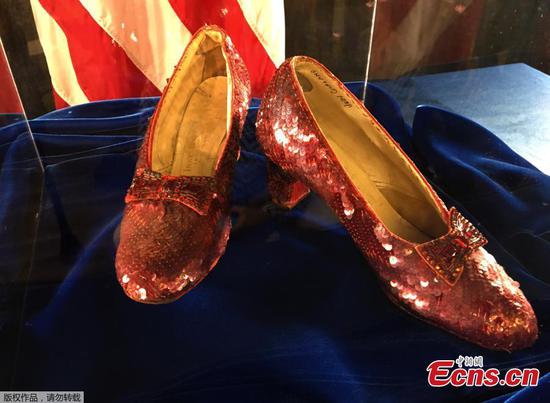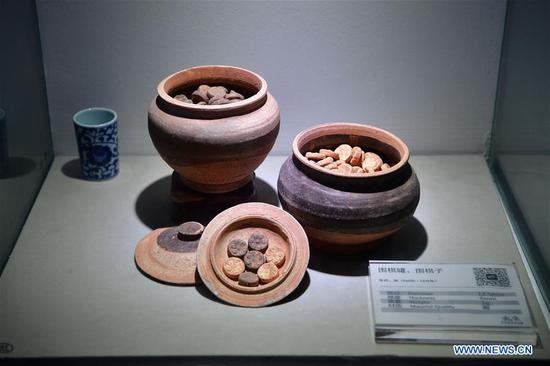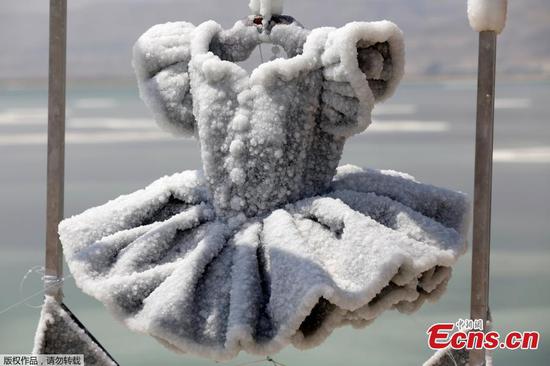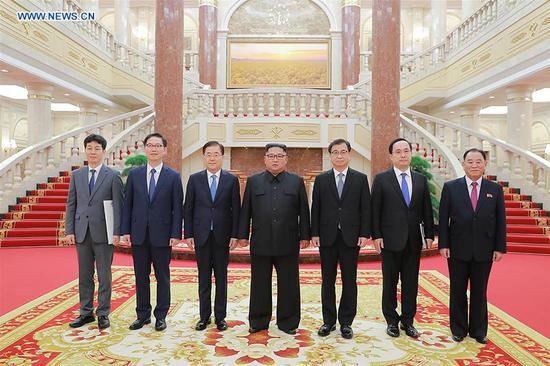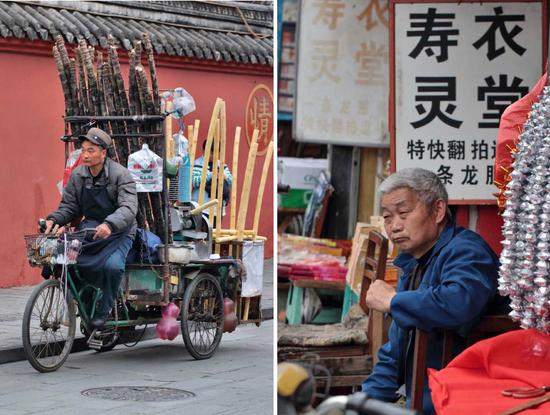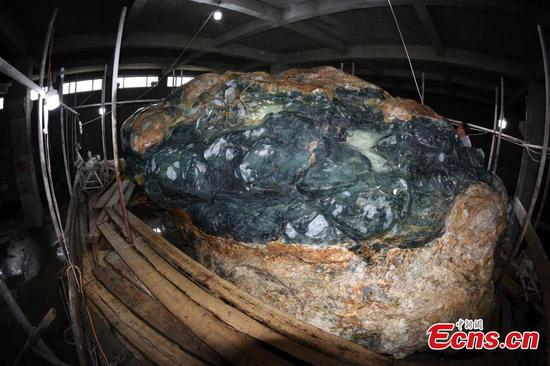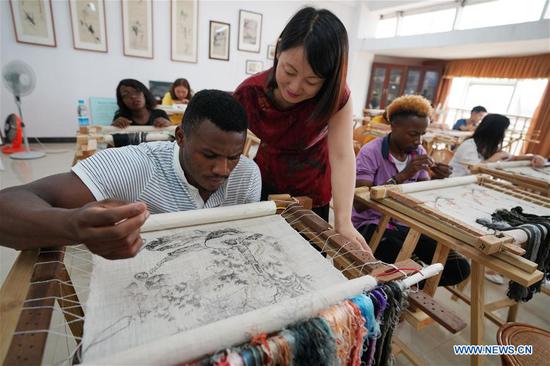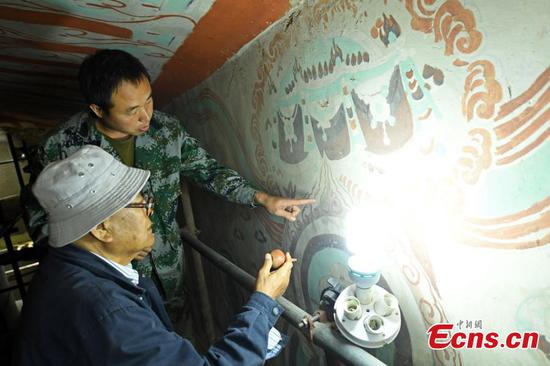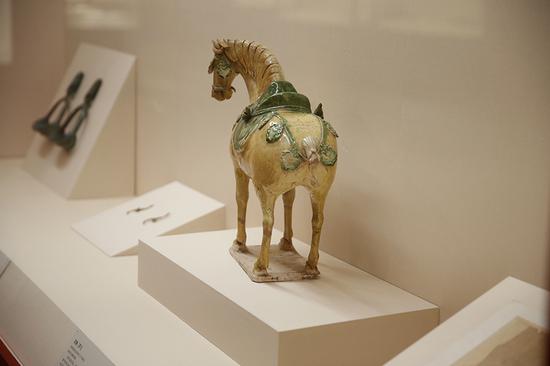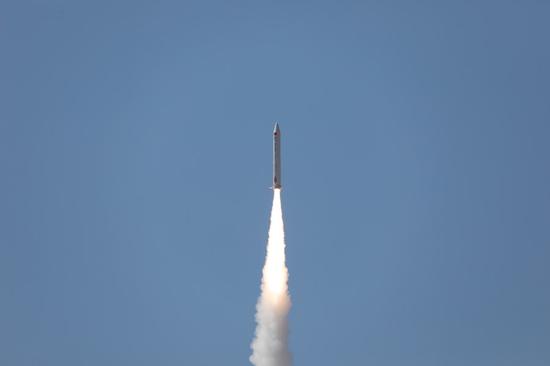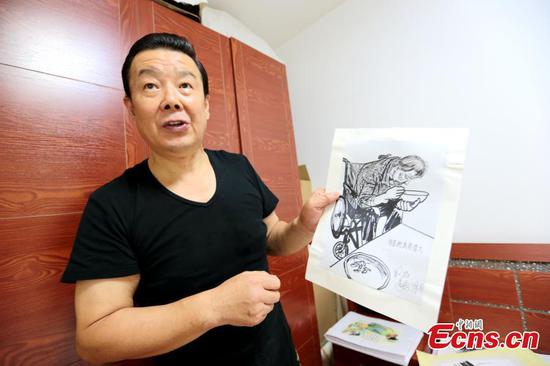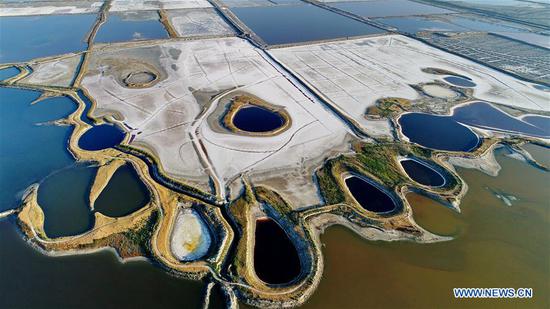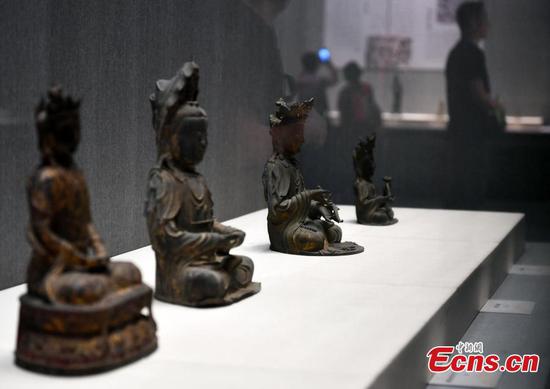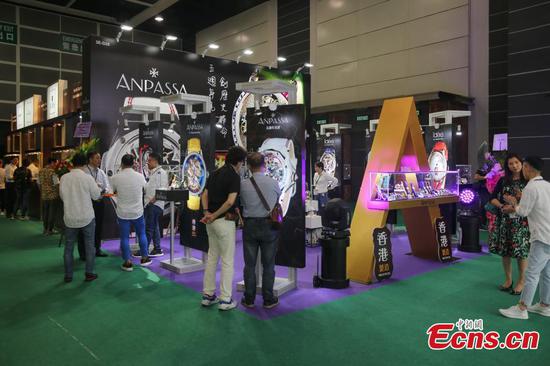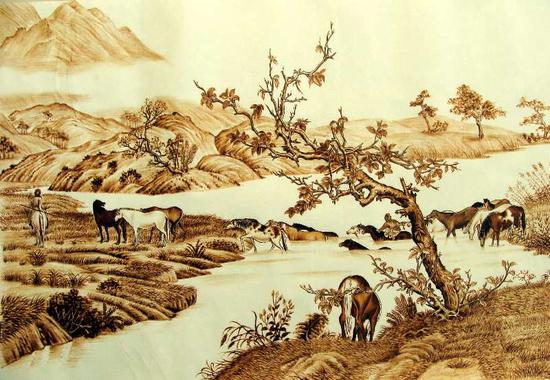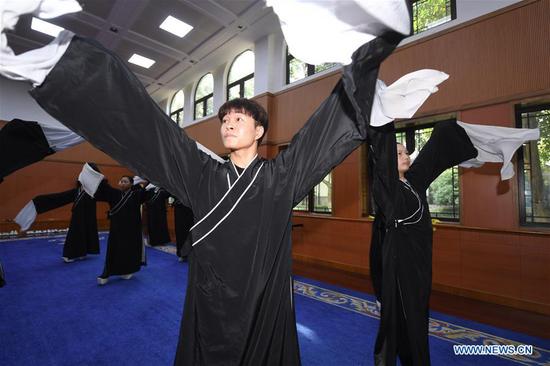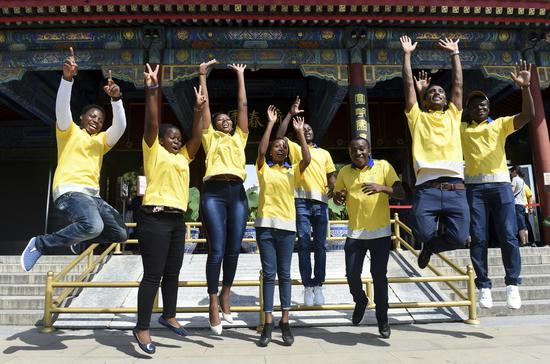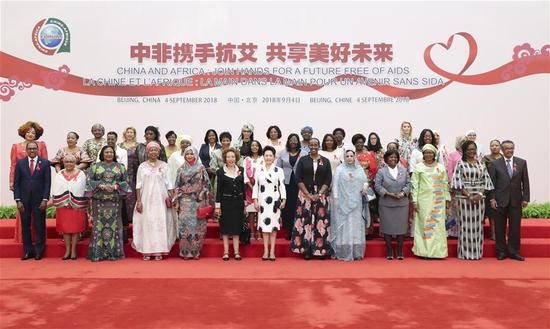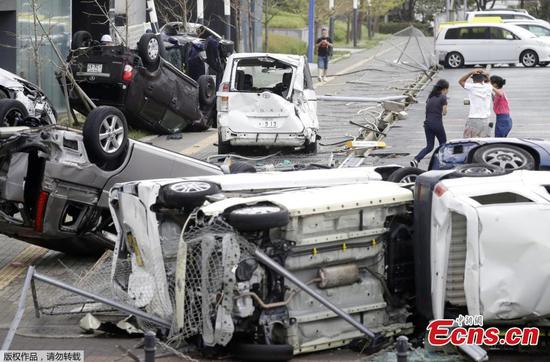?
The station manager
Sixty-year-old Zhao Jianjiang will retire in a few months. Zhao has spent 43 years working in China's railway system, meaning he was in the train-related workforce even before the reform and opening-up policy was launched in 1978.?
In Zhao's four-decades-long career, he has taken up a wide range of posts including switch operator, inspector, dispatcher and station chief.?
Each one of those posts is vital to the functioning of China's railway system.
His first post, Zhao recalled, was at a 108-kilometer-long railway section linking Jining and Hezhe, two cities in Shandong. Against the norm of China, that railway was not operated by the State-owned railway operator, but by the Shandong provincial government.?
The line was incorporated under the wings of the State railway in 1996, the year the north-south artery of the Beijing-Kowloon line opened.?
"When I began working as a young man, I was assigned to manage the switch, which allowed the train to change lines, and I had to pull the manual gear with all my strength and use a kerosene lamp to signal the train," Zhao said.?
"Then, the switch was upgraded, still requiring manual work but powered by electricity. And since then, no one has ever had to manage the switch in such way. Line changes are now dictated by a control center at a railway operator information hub," Zhao said, noting the evolution from decentralization to centralization.
And there were uniforms, too, he said. In the 1980s, station staff members were given what is called a "Lenin coat" -? measured using sizes 1 to 9 like those in the military.?
"We often ended up being dressed in too large a coat, and looked sloppy in it. Our uniforms are tailor-made today, so that when we are in service, we look sharp," Zhao said.?
The future
Speaking about his vision for the future of China's railway industry, Xue did not seem too excited about the news of a 1,000-kilometer-an-hour super-high-speed train. "Speed itself should not be mistaken as the goal; we pursue speed, because it is backed by demand."?
He noted that the lifting of speed would in turn increase the cost of operation, both in terms of electricity supply and extra work to ensure safety, which would rise significantly and sometimes disproportionately.
"I see in the future the full-scale completion of China's HSR network across the country and the full-scale deployment of China's Fuxing EMU," Xue said.
Zhao said the future of transportation will be marked by the integration of HSR railway networks with expressways and subways.?
Due to Ji'nan's complex underground water table, the city's subway development has for years lagged behind others, but a new subway line is finally being constructed to link Ji'nan West HSR Station with the city's center, streamlining the journey from home to the station.
Li Yang, a staff member working at Ji'nan West HSR Station, said there were only 86 high-speed train services a day when the station opened in 2011, but now the number is approaching 333.?
Meanwhile, passengers have grown more than 13 times from 3,000 a day to 40,000 a day.?
"And our province will soon add a new HSR between Ji'nan and Qingdao. If a train could run at 200 kilometers per hour, it could be considered a high-speed train in many countries and regions. But we want trains running at a speed of 350 kilometers on the Ji'nan-Qingdao HSR, as locals feel that if they were slower, it would strangle the development of the province."









